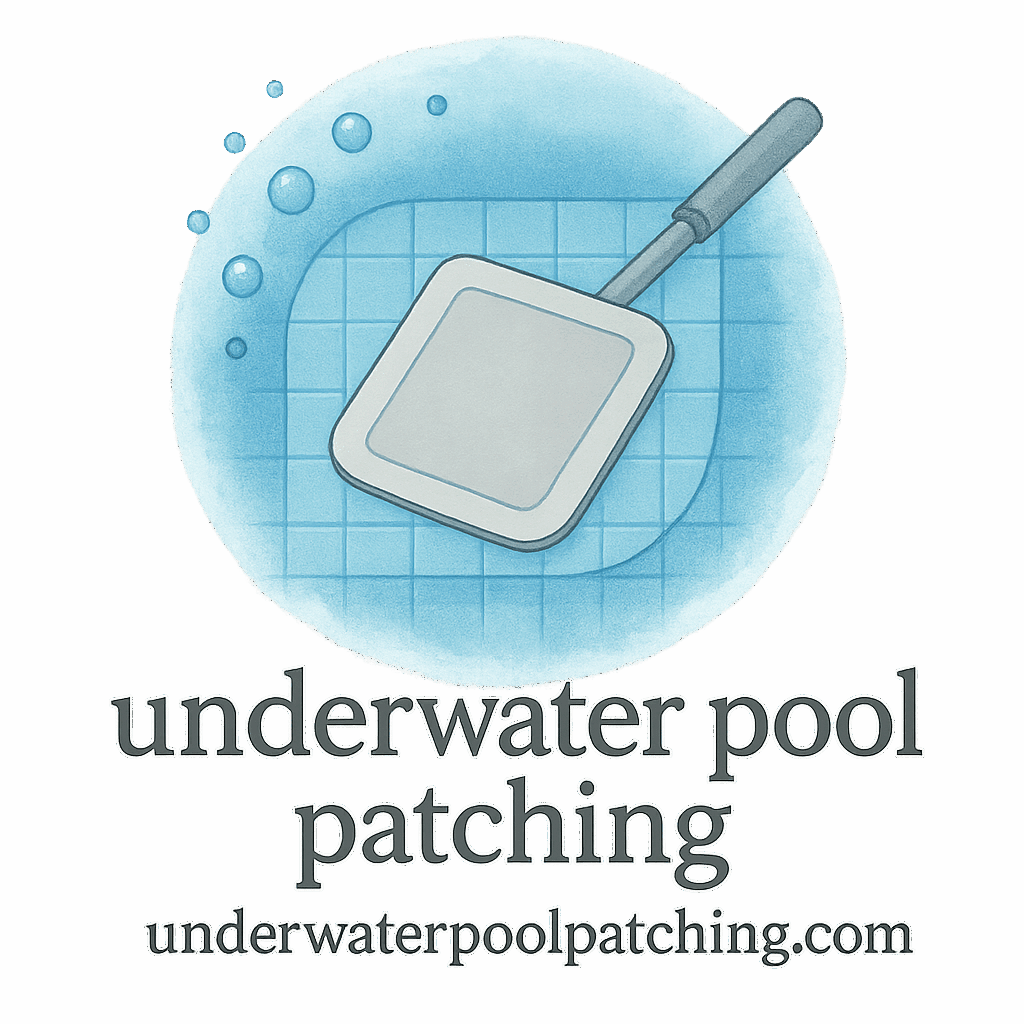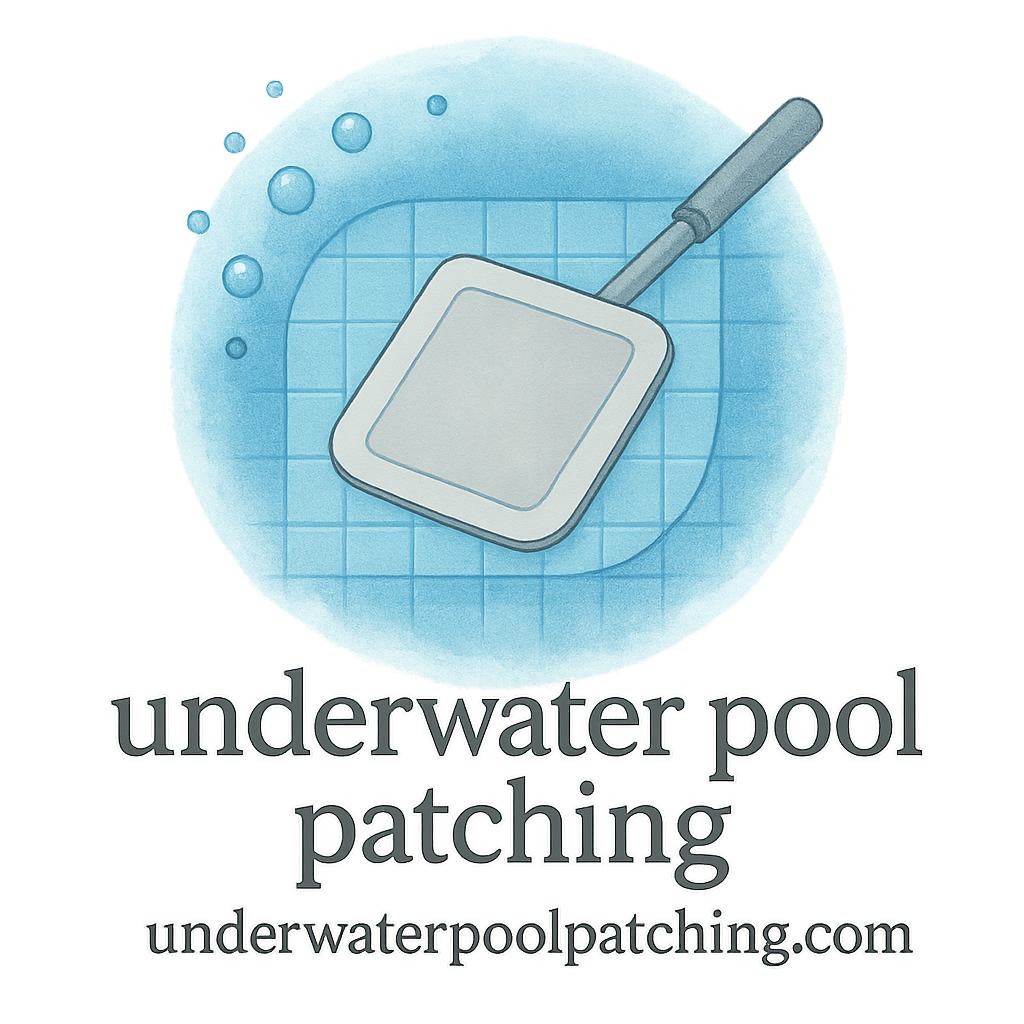Let’s be honest—no one likes discovering a leak in their pool. But before you panic and drain the entire thing (please don’t!), let’s talk about something that can make all the difference: the patch material. Using the right one is like choosing the perfect duct tape—strong, reliable, and long-lasting. So if you’re scratching your head wondering which patching material is best for underwater pool repairs, you’re in the right place.
Why Choosing the Right Patch Material Matters
Importance of Waterproof Bonding
Pools are all about water—so your patch better be water’s worst enemy when it comes to bonding. The material you pick needs to resist peeling, bubbling, and breaking down when submerged.
Matching Material with Pool Type
Got a vinyl pool? You’ll need something flexible. Concrete? You want something rock solid—literally. Fiberglass? Something that hugs the surface like a second skin.
1. Epoxy Resin Patches
Epoxy is like the superhero of underwater pool repair. It sticks, it seals, and it doesn’t back down from water.
Key Benefits of Epoxy
- Bonds to almost any surface
- Cures underwater
- Resistant to chemicals
Ideal for Deep Leaks and Structural Repairs
These are the go-to when things get serious—like cracks in the structure itself. It’s basically surgery for your pool.
👉 Related: Epoxy Tag
2. Vinyl Pool Patch Kits
Perfect for minor holes and tears in vinyl liners. You don’t even need to drain the pool.
Best for Quick DIY Fixes
These kits usually come with adhesive and pre-cut patches. Stick, press, and swim.
When to Use Vinyl Patches
- Small holes under 2 inches
- Temporary fixes for active swimmers
👉 Learn more: Patches
3. Butyl Rubber Patches
Sticky, stretchy, and super effective. Butyl rubber is excellent for pools with odd shapes or shifting liners.
Super Flexible and Long-Lasting
It molds to whatever surface you need—like cling wrap for your pool but tougher.
👉 Related Tag: Patch Life

4. Waterproof Polyurethane Adhesives
This one’s for serious underwater warriors. It’s an adhesive and sealant all in one.
High-Bonding Strength in Moist Environments
Perfect for damp or submerged surfaces. It grabs and doesn’t let go.
👉 Internal Link: Repair Techniques
5. Thermoplastic Seal Tapes
Thermoplastic seal tape is like a giant Band-Aid for your pool. It sticks and seals immediately.
Instant Seal Under Pressure
It’s great for emergency fixes when the water’s pouring out like Niagara Falls.
👉 Related Tag: Pressure Test
6. Cement-Based Underwater Mortars
If you have a concrete pool, this one’s your best friend. It’s strong, durable, and bonds like crazy.
Durable Solutions for Concrete Pools
These mortars don’t just seal—they become part of the structure.
Great for Edge Finishing
Perfect if you’re smoothing out surfaces too.
👉 Link: Edge Finish
7. Silicone-Based Gel Patches
Think of this like slime with superpowers. Great for irregular surfaces or temporary seals.
Highly Malleable for Irregular Surfaces
You can jam it into cracks, gaps, or weird corners with ease.
👉 More on: Patch Repair
8. Fiber-Reinforced Patch Materials
If epoxy had a stronger cousin, this would be it. With fibers woven in, it adds strength and durability.
Strength Meets Flexibility
The fibers make it bend without breaking—great for pools that expand or contract a lot.
Best for Long-Term Savings
No one wants to keep patching the same spot every summer.
👉 Learn more about Money-Saving
9. UV-Curable Polymer Patches
These are space-age fixes. Shine a UV light, and boom—it hardens.
Cures Faster in Sunlight Exposure
Ideal for spots where the sun can reach. Fast and clean.
👉 Discover more: Patching Techniques
10. Hybrid Underwater Sealants
When one material isn’t enough, hybrids step in. They mix polymers, rubber, and sealants.
Combines Multiple Bonding Agents
You get the benefits of epoxy, silicone, and rubber—all in one application.
Strong Versatility for Different Pool Surfaces
Concrete, vinyl, fiberglass—you name it.
How to Choose the Right Patch for Your Pool
Check with an Expert First
A professional eye can save you time and money—seriously.
Start with a Proper Inspection
Don’t guess. Know what you’re patching and why.
👉 See: Inspection & Diagnosis
Maintenance Tips to Extend Patch Life
Routine Checks & Preventive Maintenance
Catch problems early with a regular maintenance plan.
👉 Visit: Maintenance & Prevention
Budgeting for Pool Repairs
Know What You’re Spending and Why
A patch might be cheap, but don’t skimp on quality. Invest once, not five times.
👉 See: Cost & Budgeting
👉 Explore Tags: Budget, Savings
Conclusion
Underwater pool patching doesn’t have to be a mystery. Whether you’re working with vinyl, concrete, or fiberglass, there’s a perfect patch out there for you. From the fast-acting seal of thermoplastic tape to the durability of epoxy, understanding your options helps you choose wisely. And hey—getting it right the first time? That’s the real money-saver.
For more in-depth info and pro tips, head over to UnderwaterPoolPatching.com and explore topics like diagnosis, materials, and restoration.
FAQs
1. Can I apply these patches while the pool is full?
Absolutely! Many of the materials mentioned here are designed specifically for underwater application.
2. How long do these patches typically last?
It varies, but high-quality options like epoxy or fiber-reinforced patches can last several years if applied correctly.
3. What’s the easiest material for beginners?
Vinyl patch kits are super beginner-friendly and great for quick fixes.
4. Is there a patch material that works on every type of pool?
Hybrid sealants offer broad compatibility, but always check the label.
5. Do I need to clean the area before applying a patch?
Yes! A clean surface ensures stronger bonding and longer-lasting results.
6. Can I mix and match patching materials?
Not recommended—stick with one type to avoid compatibility issues.
7. Where can I learn more about underwater patching?
Check out UnderwaterPoolPatching.com for everything from leak detection to maintenance plans.


